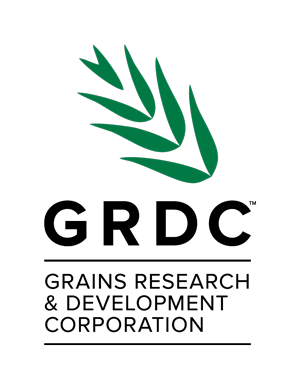
Farmers and Agronomists
Information for growers and advisers who aim to better understand their winter cropping yield variations and how this relates to soil variability.




Information for growers and advisers who aim to better understand their winter cropping yield variations and how this relates to soil variability.



 Better knowledge and understanding of the variation of past winter cropping yields (both spatially across a paddock, and temporally from season to season) can help growers make better management decisions to improve yields in future.
Better knowledge and understanding of the variation of past winter cropping yields (both spatially across a paddock, and temporally from season to season) can help growers make better management decisions to improve yields in future.
Remote-sensing data compiled from earth-observing satellites provide a valuable information source about past crop yields, allowing us to look through multiple years of imagery for consistent patterns through time – that is, spatial patterns of yield variation that repeat season after season.
Such consistent patterns might imply the presence of some kind of soil constraint limiting yields in parts of the field.
This web-based tool enables growers in cropping regions of NSW and QLD (see coverage map) to easily look at processed remote-sensing data representing past crop yields in their paddocks. The tool will show if there are any consistent spatial patterns in the data, and will compile and present maps of soil constraints for comparison. The data on these driving factors could help the user to interpret the variation shown by the remote-sensing data.
Approximately 75% of Australian soils have single or multiple constraints that limit agricultural productivity, and in the Northern Region, these commonly take the form of sodicity, acidity, salinity, and compaction. This GRDC-funded project (UOQ1803-003RTX; Project A) is part of an integrated body of work that will provide growers with tools to identify a) what constraints are present and where these occur (Project A); b) what management strategies can be used to increase yield (Project B) and profitability (Project C); and c) how strategies can be effectively communicated and demonstrated to growers (Project D).

Are you a grower and would like to take part in this initiative?
Please fill out the contact form below and tell us a little about your production practices.